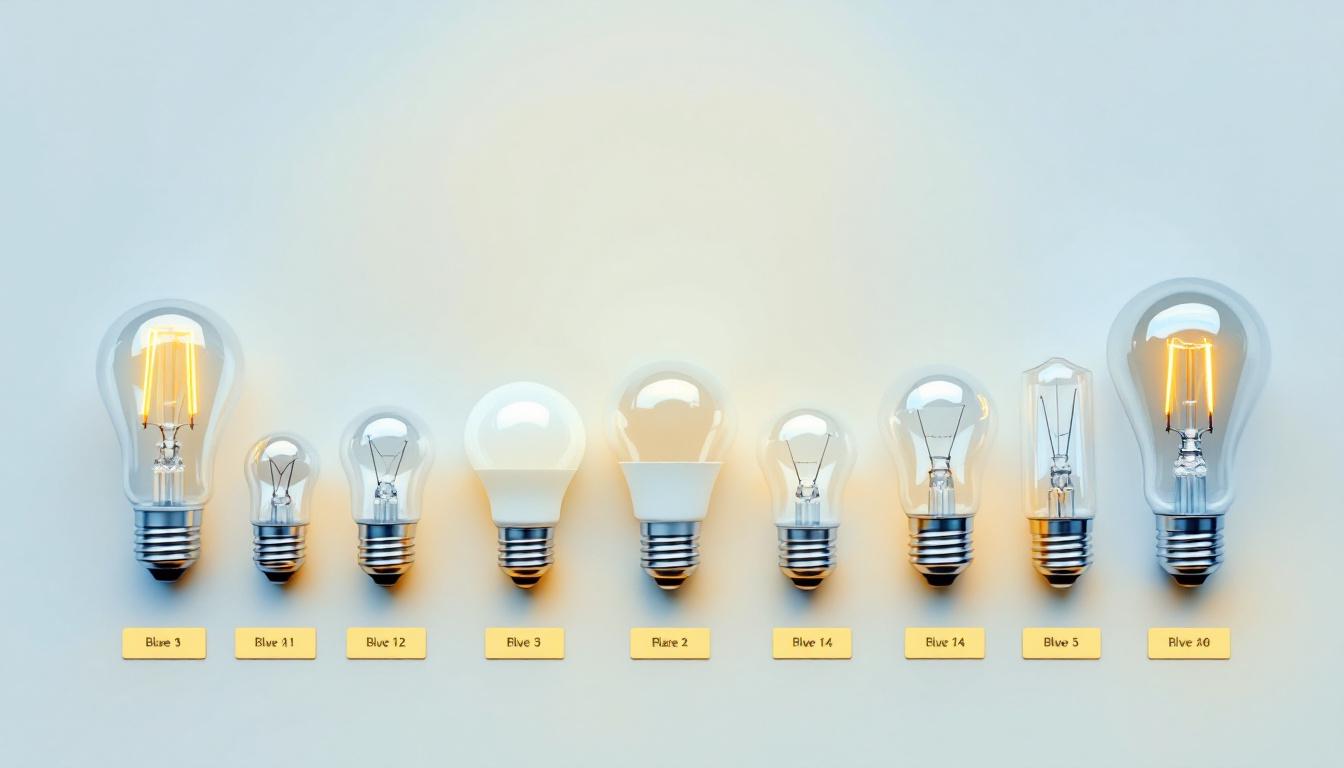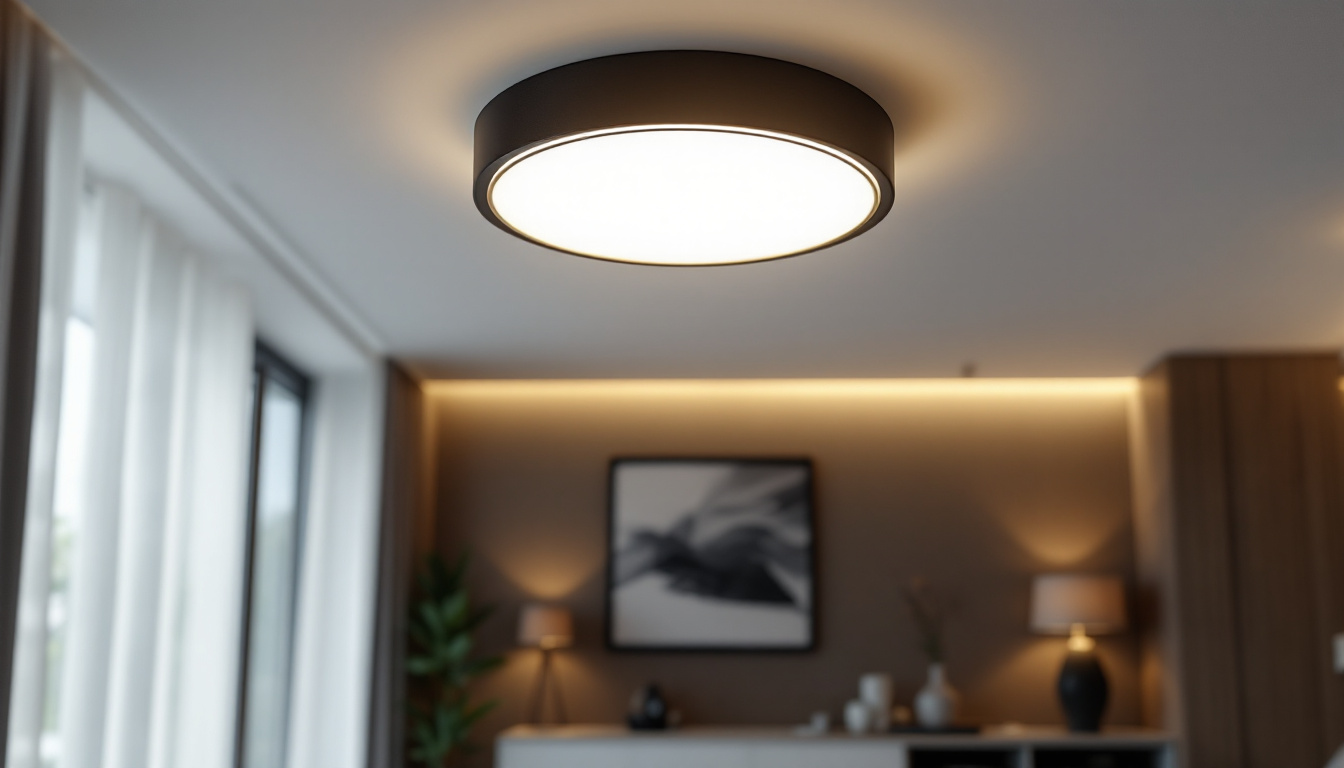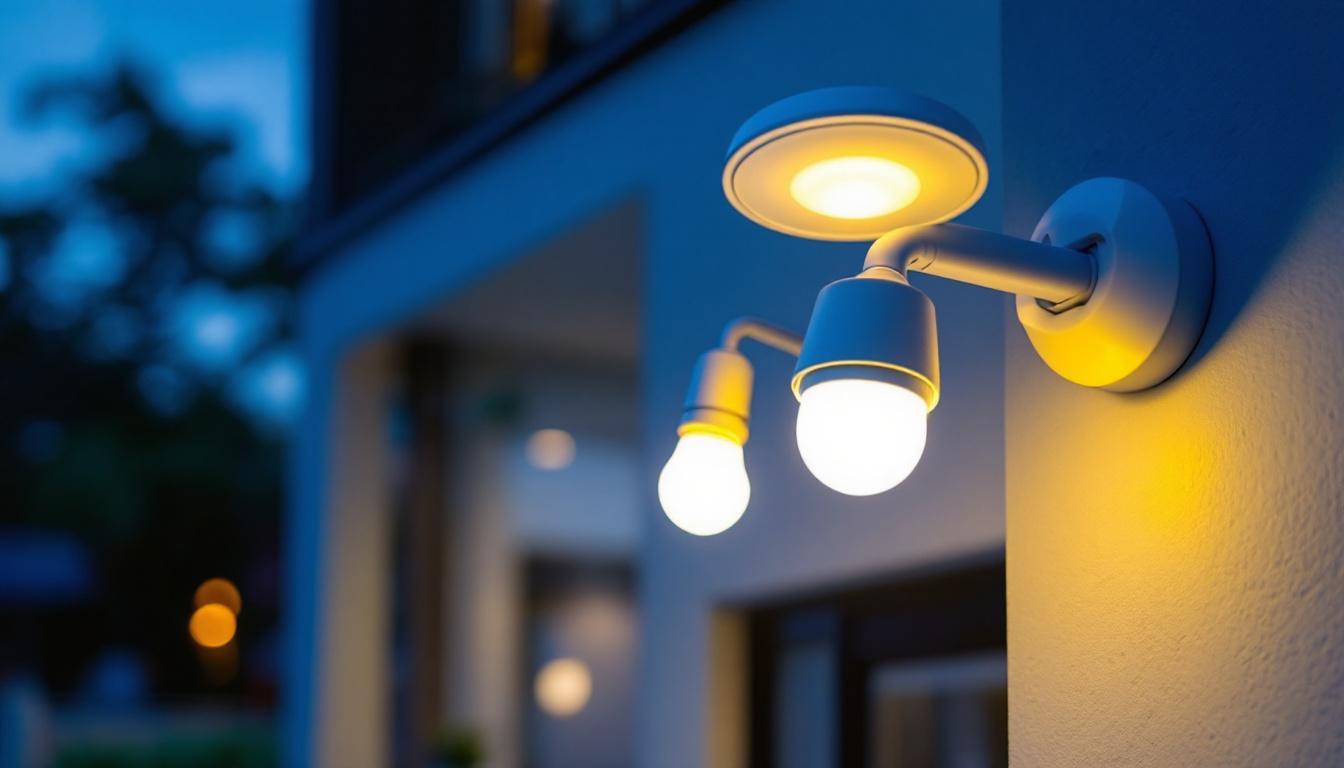
Choosing the right light bulb base size is crucial for lighting contractors who want to ensure optimal performance and compatibility in their projects. With a myriad of options available, understanding the various base sizes can significantly impact the efficiency and aesthetics of lighting installations. This guide aims to provide a comprehensive overview of light bulb base sizes, helping contractors make informed decisions.
Light bulb bases are the part of the bulb that connects it to the fixture. The base size and type determine compatibility with sockets and fixtures, making it essential for contractors to select the correct base for their projects. Different base sizes serve different purposes and environments, from residential to commercial applications. For instance, in a home setting, a standard E26 base might be sufficient for general lighting, while specialized fixtures in commercial spaces may require more robust options to handle higher wattages or specific lighting needs.
There are several types of light bulb bases, each designed for specific applications. The most common types include:
Understanding these base types is the first step in ensuring compatibility with fixtures and achieving the desired lighting effects. Additionally, many manufacturers label their products with base type information, making it easier for consumers to make informed choices. As technology advances, new base types are emerging, such as the GU10 base used in spotlight applications, which further expands the options available for specific lighting needs.
The size of the bulb base affects not only the physical fit but also the electrical connection and heat dissipation. A mismatched base can lead to poor performance, flickering lights, or even damage to the fixture. Therefore, knowing the specific requirements of a project is essential for selecting the appropriate base size. Moreover, the wattage rating associated with each base type is crucial; using a bulb with a higher wattage than the fixture is rated for can lead to overheating and potential fire hazards.
In addition to safety concerns, the aesthetic aspect of lighting should not be overlooked. The choice of bulb base can influence the overall design of a space. For example, pendant lights often utilize decorative bases that complement the fixture’s style, while recessed lighting may prioritize functionality and efficiency. Understanding the interplay between base size, type, and design can help create a cohesive lighting plan that enhances both the functionality and beauty of any environment.
Here is a detailed overview of some of the most common light bulb base sizes contractors will encounter:
Edison screw bases are the most prevalent type of light bulb bases. They are characterized by their threaded design, which allows for easy installation and removal. The two most common sizes are:
These bases are versatile and compatible with a wide range of bulb types, including incandescent, CFL, and LED. Their popularity makes them a go-to choice for many lighting projects.
Bayonet bases feature a unique twist-and-lock mechanism, making them easy to install while providing a secure connection. The two most common bayonet sizes are:
Bayonet bases are particularly favored in applications where vibration or movement might otherwise loosen a screw base connection.
Bi-pin bases are characterized by two pins that connect directly to the fixture. They are commonly used in halogen and LED bulbs. Key sizes include:
Bi-pin bases are known for their compact design, making them ideal for applications where space is limited.
When selecting the appropriate light bulb base size, several factors must be considered to ensure optimal performance and compatibility.
Understanding the specific requirements of a project is the first step in choosing the right base size. Factors such as the type of fixture, the intended use of the lighting, and the desired aesthetic all play a role in the decision-making process. For instance, decorative fixtures may require specific base sizes to maintain visual appeal.
Before purchasing bulbs, it’s essential to check the specifications of the fixtures being used. Many manufacturers provide detailed information about compatible bulb types and base sizes. Ensuring compatibility will help avoid issues such as flickering lights or bulbs that do not fit properly.
With the growing emphasis on energy efficiency, contractors should also consider the energy consumption of the bulbs they choose. LED bulbs, for example, are available in various base sizes and offer significant energy savings compared to traditional incandescent bulbs. Selecting energy-efficient options not only benefits the environment but also reduces operational costs for clients.
A comprehensive light bulb base size chart can serve as a valuable reference for contractors. Below is a simplified version of such a chart to aid in quick identification:
| Base Type | Base Size | Common Applications |
|---|---|---|
| Edison Screw | E26 | Household bulbs, LED, CFL |
| Edison Screw | E27 | Household bulbs, LED, CFL (Europe) |
| Bayonet | B22 | Incandescent, LED (UK) |
| Bayonet | B15 | Decorative lighting |
| Bi-Pin | G4 | Low-voltage applications, landscape lighting |
| Bi-Pin | G5.3 | MR16 bulbs, track lighting |
The lighting industry is continually evolving, with new technologies and trends emerging regularly. Understanding these trends can help contractors stay ahead of the curve and offer clients the best solutions.
LED lighting has become the dominant technology in the lighting industry due to its energy efficiency, longevity, and versatility. As a result, many new fixtures are designed specifically for LED bulbs, often incorporating unique base sizes. Contractors must stay informed about these advancements to recommend the best options to their clients.
Smart lighting is another area gaining traction, with bulbs that can be controlled via smartphone apps or voice-activated devices. These bulbs often come with proprietary base sizes, necessitating careful consideration when selecting fixtures. Understanding the compatibility of smart bulbs with existing systems is vital for successful installations.
As sustainability becomes a priority for many consumers, contractors should consider eco-friendly lighting options. This includes not only energy-efficient bulbs but also those made from recyclable materials. Offering sustainable solutions can enhance a contractor’s reputation and appeal to environmentally-conscious clients.
Choosing the right light bulb base size is an essential aspect of lighting design and installation. By understanding the various base types, sizes, and their applications, contractors can ensure compatibility and optimal performance in their projects. Staying informed about industry trends and advancements will further enhance their ability to provide clients with the best lighting solutions.
In a rapidly changing industry, knowledge is power. Utilizing this guide, lighting contractors can navigate the complexities of light bulb base sizes with confidence, ensuring successful installations that meet both functional and aesthetic needs.
Ready to elevate your lighting projects with the right bases and bulbs? Look no further than LumenWholesale for a vast selection of top-quality, spec-grade lighting products at unbeatable wholesale prices. Say goodbye to local distributor markups and hello to superior lighting that meets the highest industry standards. With our hassle-free bulk buying and free shipping, you’ll enjoy premium lighting at the best value — all without hidden fees or compromises. Don’t let your projects be dimmed by subpar products. Choose LumenWholesale for quality, affordability, and convenience. Wholesale Lighting at the Best Value is just a click away.

Discover the essential facts about flushmount ceiling lights that every lighting contractor needs to know.

Discover how ballast replacement can enhance your lighting installations and boost profitability.

Discover the latest trends in light bulbs for security lights that every lighting contractor should be aware of.

Discover the essential facts about dimmer switches for dimmable LEDs that every lighting contractor needs to know.